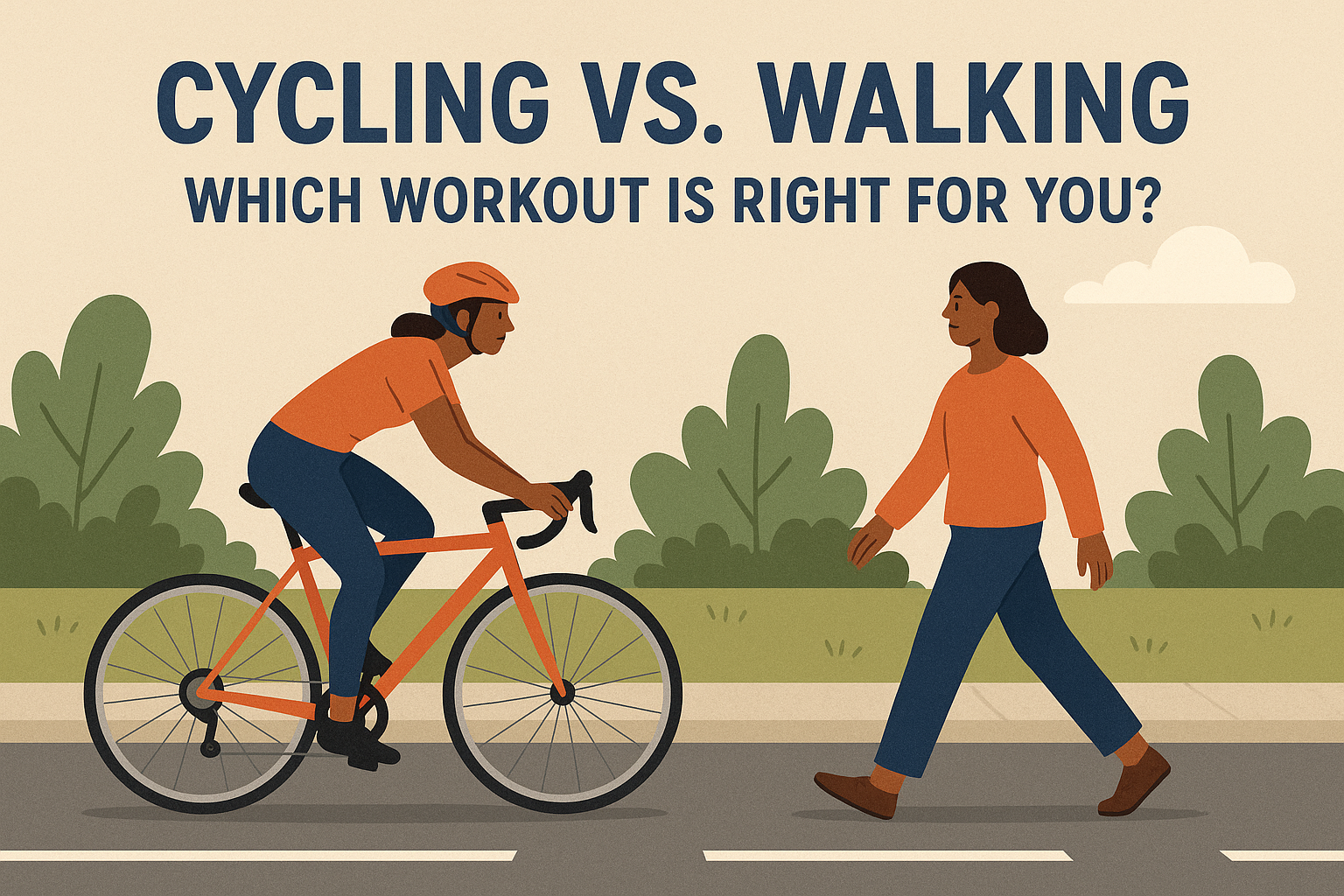Introduction
The Importance of Ankle Strength: Why You Should Care
Ankle strength is often overlooked until it’s too late. Weak ankles can lead to a range of problems, from minor annoyances to debilitating injuries. In this post, we’ll explore the importance of ankle strength, why it matters for both athletes and non-athletes, and provide you with exercises and tips to strengthen your ankles.
Why Strong Ankles Matter
Your ankles are the foundation of your entire lower body. They support your weight, facilitate movement, and help you balance. Weak ankles can lead to a range of problems, including:
Injuries: Weak ankles are more prone to injuries, such as sprains, strains, and fractures. These injuries can be painful, debilitating, and even require surgery.
Chronic Pain: Weak ankles can lead to chronic pain and stiffness, making everyday activities like walking, running, or even standing uncomfortable.
Poor Performance: Weak ankles can also affect athletic performance. Whether you’re a professional athlete or a weekend warrior, weak ankles can lead to decreased speed, agility, and overall performance.
Why Ankle Strength Matters for Athletes
Ankle strength is crucial for athletes who participate in sports that involve running, jumping, cutting, or quick changes of direction. Weak ankles can lead to injuries, decreased performance, and even end a sports career. Some sports that require strong ankles include:
Basketball: Quick cuts, jumps, and landings require strong ankles to support the stress and impact.
Soccer:Fast changes of direction, quick turns, and jumps require strong ankles to maintain balance and stability.
Football: Tackling, blocking, and quick changes of direction require strong ankles to absorb the impact and maintain control.
Why Ankle Strength Matters for Non-Athletes
You don’t have to be an athlete to benefit from strong ankles. Weak ankles can affect anyone, regardless of age or activity level. Some reasons why ankle strength matters for non-athletes include:
Preventing Falls: Weak ankles can increase the risk of falls, which can lead to serious injuries, especially in older adults.
Improving Balance: Strong ankles help improve balance and stability, making everyday activities like walking, standing, or climbing stairs easier and safer.
Reducing Pain: Weak ankles can lead to chronic pain and stiffness, which can affect daily life and overall well-being.
In the next section, we’ll explore the causes of weak ankles and provide exercises and tips to strengthen your ankles and prevent injuries.
Causes of Weak Ankles: Understanding the Risks
Weak ankles can be caused by a combination of factors, including lifestyle, environment, and genetics. Understanding the common causes of weak ankles can help you take preventative measures and strengthen your ankles. Here are some of the most common causes of weak ankles:
Overuse or Repetitive Strain
Overuse or repetitive strain is one of the most common causes of weak ankles. This can occur when you participate in activities that involve repetitive movements, such as:
Running or jogging
Cycling
Dancing
Jumping or hopping
When you repeat the same movement over and over, you can cause micro-tears in the muscles and tendons around your ankle. This can lead to inflammation, pain, and weakness.
Poor Footwear or Training Surfaces
Wearing shoes that don’t fit properly or provide adequate support can contribute to weak ankles. This includes:
High heels
Flip-flops
Shoes with poor arch support
Training on uneven or slippery surfaces can also increase the risk of ankle injuries and weakness. This includes:
Running on trails or uneven terrain
Training on slippery or wet surfaces
Playing sports on uneven or rough fields
Previous Injuries or Surgeries
Previous injuries or surgeries can weaken the muscles and tendons around your ankle, making it more prone to future injuries. This includes:
Ankle sprains or strains
Fractures or broken bones
Surgery to repair torn ligaments or tendons
Genetic Predisposition
Some people may be more prone to weak ankles due to genetic factors. This includes:
Family history of ankle injuries or weakness
Abnormalities in the shape or structure of the ankle joint
Genetic conditions that affect the muscles or tendons, such as Ehlers-Danlos syndrome
Other Factors
Other factors that can contribute to weak ankles include:
Age: As we age, our muscles and tendons naturally weaken.
Obesity: Excess weight can put additional stress on the ankle joint.
Poor posture or biomechanics: Abnormalities in the way we walk or move can put additional stress on the ankle joint.
By understanding the common causes of weak ankles, you can take steps to prevent injuries and strengthen your ankles. In the next section, we’ll explore exercises and tips to help you build strong, stable ankles.
Exercises to Strengthen Weak Ankles: A Comprehensive Guide
Strengthening the muscles around your ankle is crucial for preventing injuries, improving balance, and enhancing overall ankle stability. Here are some effective exercises to help you build strong, stable ankles:
1. Calf Raises
Calf raises target the gastrocnemius and soleus muscles, which are essential for ankle stability.
How to do it: Stand on the edge of a stair or step with your heels hanging off the edge. Slowly raise up onto your tiptoes, then lower back down. Repeat for 3 sets of 12-15 reps.
Tips: Use a slow and controlled motion, and focus on squeezing your calf muscles at the top of the movement.
2. Ankle Circles
Ankle circles help improve ankle mobility and strengthen the muscles around the ankle joint.
How to do it: Sit on the floor with your legs straight out in front of you. Lift one foot off the ground and draw circles with your ankle, starting from small circles and gradually increasing in size. Repeat for 3 sets of 5-6 reps in each direction.
Tips: Keep your knee straight and focus on moving your ankle in a smooth, controlled motion.
3. Toe Raises
Toe raises target the muscles on the top of your foot and ankle, helping to improve ankle stability.
How to do it: Stand on a flat surface with your feet shoulder-width apart. Slowly raise up onto your tiptoes, then lower back down. Repeat for 3 sets of 12-15 reps.
Tips: Use a slow and controlled motion, and focus on squeezing the muscles on the top of your foot and ankle.
4. Heel Walks
Heel walks target the muscles on the back of your leg and ankle, helping to improve ankle stability.
How to do it: Stand on a flat surface with your feet shoulder-width apart. Slowly walk forward on your heels, keeping your toes off the ground. Repeat for 3 sets of 12-15 steps.
Tips:Keep your knees straight and focus on using the muscles on the back of your leg and ankle to control the movement.
5. Single-Leg Balance Exercises
Single-leg balance exercises help improve ankle stability and balance.
How to do it: Stand on one leg, keeping the other foot lifted off the ground. Hold for 30 seconds, then switch legs. Repeat for 3 sets on each leg.
Tips: Focus on keeping your ankle stable and your knee straight, and use a slow and controlled motion to lift and lower your foot.
Additional Tips
Start slow: Begin with shorter sets and gradually increase the duration as your ankles become stronger.
Use proper form: Focus on using proper form and technique when performing each exercise.
Incorporate variety: Incorporate a variety of exercises into your routine to target different muscle groups and prevent plateaus.
By incorporating these exercises into your routine, you can help strengthen your ankles, improve balance, and reduce the risk of injury. Remember to always use proper form and technique, and to start slowly and gradually increase the intensity as your ankles become stronger.
Tips for Preventing Ankle Injuries: A Comprehensive Guide
Preventing ankle injuries requires a combination of proper preparation, smart training habits, and the right equipment. Here are some valuable tips to help you prevent ankle injuries and keep your ankles strong and healthy:
1. Wear Proper Footwear and Orthotics
Wearing proper footwear and orthotics is essential for preventing ankle injuries. Here’s what to look for:
Supportive shoes: Choose shoes that provide adequate support and stability for your ankles.
Orthotics: Consider using custom orthotics or over-the-counter arch supports to help stabilize your ankles.
Replace old shoes: Regularly replace old shoes to ensure they continue to provide adequate support.
2. Use Ankle Supports or Braces
Ankle supports or braces can provide additional stability and support for your ankles. Here’s what to consider:
Ankle sleeves: Use ankle sleeves to provide compression and support.
Ankle braces: Consider using ankle braces for additional stability and support.
Custom orthotics: Consider using custom orthotics or ankle supports designed specifically for your ankles.
3. Stretch and Warm Up Before Exercise
Stretching and warming up before exercise is essential for preventing ankle injuries. Here’s what to do:
Dynamic stretching: Perform dynamic stretches, such as ankle circles and toe raises, to loosen up your ankles.
Warm-up exercises: Incorporate warm-up exercises, such as jogging or cycling, to get your blood flowing and your muscles warm.
Hold stretches for 15-30 seconds: Hold each stretch for 15-30 seconds to allow for maximum relaxation of the muscles.
4. Avoid Overtraining or Repetitive Strain
Overtraining or repetitive strain can lead to ankle injuries. Here’s what to avoid:
Gradually increase training intensity:
Gradually increase the intensity and duration of your training to avoid sudden spikes in stress.
Take regular breaks: Take regular breaks to rest and recover.
Mix up your training: Vary your training to avoid repetitive strain on your ankles.
5. Strengthen Your Ankles
Strengthening your ankles is essential for preventing ankle injuries. Here’s what to do:
Incorporate ankle-strengthening exercises: Incorporate exercises, such as calf raises and ankle circles, into your training routine.
Use resistance bands or weights: Use resistance bands or weights to add resistance to your ankle-strengthening exercises.
Focus on functional strength: Focus on functional strength exercises that mimic real-life movements.
Additional Tips
Listen to your body: Listen to your body and take regular breaks to rest and recover.
Stay hydrated: Stay hydrated to keep your muscles and tendons healthy.
Get enough sleep: Get enough sleep to allow your muscles and tendons to recover.
By following these tips, you can help prevent ankle injuries and keep your ankles strong and healthy. Remember to always listen to your body and take regular breaks to rest and recover.
Conclusion: Strengthen Your Ankles for a Stronger, Healthier You
In conclusion, ankle strength is a crucial aspect of overall fitness and health. Weak ankles can lead to injuries, chronic pain, and decreased mobility, while strong ankles can improve balance, stability, and overall athletic performance.
Summary of Key Takeaways
Ankle strength is essential for preventing injuries and improving overall fitness and health.
Weak ankles can lead to injuries, chronic pain, and decreased mobility.
Exercises such as calf raises, ankle circles, toe raises, heel walks, and single-leg balance exercises can help strengthen the muscles around the ankle.
Proper footwear, orthotics, and ankle supports can also help prevent ankle injuries.
Start Strengthening Your Ankles Today
Incorporating ankle-strengthening exercises into your daily routine can have a significant impact on your overall fitness and health. By committing to a regular ankle-strengthening program, you can:
Improve your balance and stability
Reduce your risk of ankle injuries
Enhance your athletic performance
Improve your overall fitness and health
Make Ankle Strength a Priority
Don’t wait until it’s too late – make ankle strength a priority today. Start incorporating ankle-strengthening exercises into your daily routine and take the first step towards a stronger, healthier you.
Final Thoughts
Remember, ankle strength is not just for athletes – it’s for anyone who wants to improve their overall fitness and health. By prioritizing ankle strength and incorporating exercises into your daily routine, you can reduce your risk of injury, improve your balance and stability, and enhance your overall athletic performance. So why wait? Start strengthening your ankles today and take the first step towards a stronger, healthier you.




